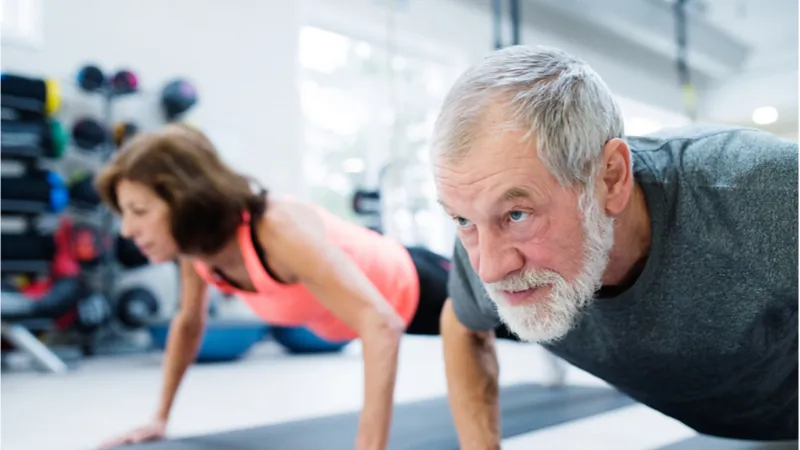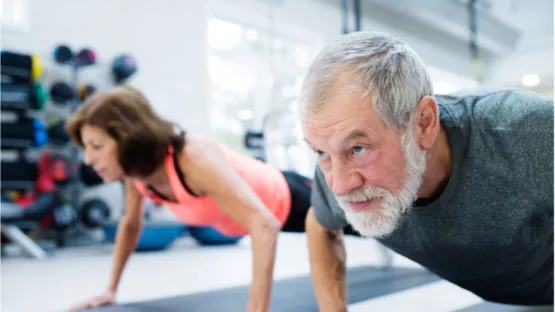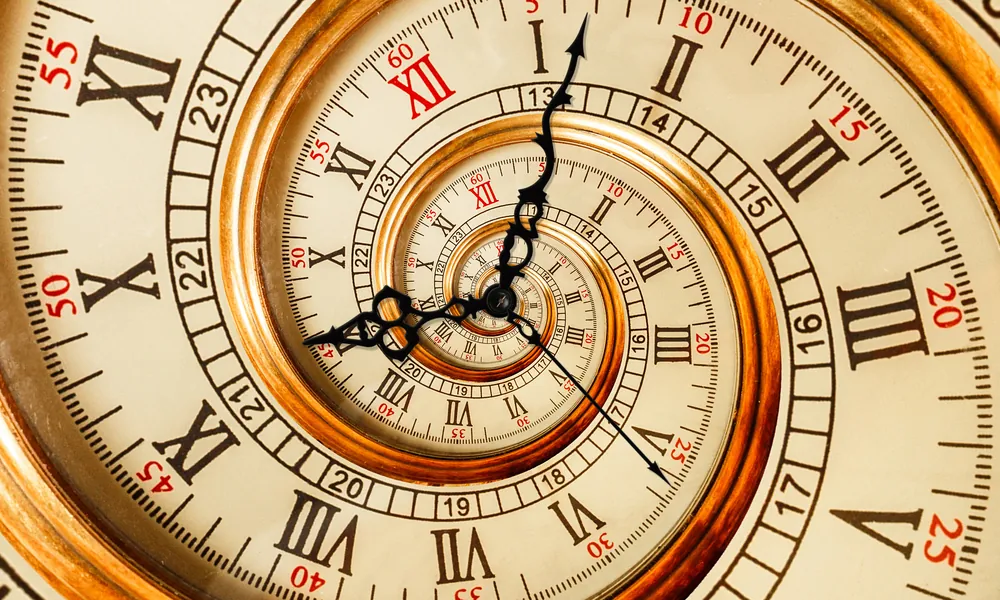Researchers have developed a biological aging clock based on movement data from wearable devices. Using their clock and the same dataset, they identified a few possibly life-prolonging nutrients and drugs [1].
I move, therefore I am
Developing reliable biomarkers of aging is crucial for geroscience, since deducing the geroprotective effect of interventions from mortality alone, thankfully, takes a long time. Numerous biological aging clocks have been developed, with methylation-based clocks being among the most precise [2]. Yet, methylation clocks, like many others, use blood-derived data. Drawing blood is an intrusive and rather unpleasant process that can only be performed occasionally in a medical facility, and getting the results involves a lot of “wet lab” work.
This raises the need for alternative biomarkers of aging. Several groups have proposed physical activity and movement as a measure of biological age. Wearable devices, which have become ubiquitous in recent years, emerged as a natural source of data for these markers. These devices continuously monitor various parameters in individual users and can potentially be a goldmine of personal health data. We covered one such biological aging clock in this interview with Dr. Fedichev, whose company, Gero, has launched a downloadable app that derives the user’s biological age from physical activity.
Since a vast majority of wearable devices are made by for-profit corporations and users are often unwilling to share their data, such data is not readily available. This new study gets around that by making use of the National Health and Nutrition Examination Survey (NHANES) database. This major “program designed to assess the health and nutritional status of adults and children in the United States” has been going on continuously since the 1960s. Long before the current era of wrist-worn devices, in the early 2000s, thousands of NHANES participants were asked to wear movement-measuring devices on their ankles to register their physical activity levels.
The workings of MoveAge
The researchers trained their model, which they called MoveAge, on data from 2,634 people aged 18+ using a random forest machine learning method, and then they tested it on a different part of the dataset. The model proved to be fairly predictive of chronological age and general mortality in people aged 40-70. The researchers suggest that younger people’s mortality is too low, and older people’s mortality is too high, to give a strong signal among those age groups; in the young, death is an exception, while in the elderly, it’s the norm.
Since the NHANES database also contains information on dietary habits and drug intake, the researchers tried to find correlations between these variables and biological age. A strong negative correlation was observed between biological age and the consumption of fiber, magnesium, and vitamin E, in line with previous research. Correlation was weaker with drugs, but one candidate did emerge: doxazosin, which is used to treat benign prostate hyperplasia (BHP) and hypertension.
Finally, the researchers tested the effect of doxazosin on C. elegans worms, an animal model widely used in geroscience. The scientists were able to achieve a modest lifespan extension in worms treated with the drug. It is worth noting that results from studies in C. elegans tend to not translate well to humans, and numerous other interventions have yielded much greater increases in the worms’ lifespan [3].
A glimpse into the future
The model described in this study is far from perfect. To begin with, a “movement clock” can be contaminated by many factors, such as a temporary drop in physical activity due to increased workload or a spike due to a vacation (or vice versa, depending on the nature of one’s job and personal preferences). The strength of such clocks should be in their ability to take many measurements over a long period of time, i.e., longitudinally. Unfortunately, MoveAge was trained on data from just one week of physical activity. Still, its success hints at the vast potential of such clocks.
Wearable devices are quickly becoming a staple of modern life, and the variety of data they gather constantly increases. Today, it includes heart rate, blood pressure, stress levels, and sleep quality, and the best is probably yet to come. The rather primitive MoveAge offers us a glimpse into our nearest future, in which multiple types of data will be routinely gathered and cross-referenced by billions of devices worldwide. This will deliver a clearer picture of our health and help advance medicine (including personalized medicine) using the power of machine learning.
The accessibility of such data is crucial, and it depends both on corporations and on end users. Some concerns about personal data use are understandable, and medical data is highly sensitive by nature, but these concerns are often overblown. Allowing the use of your personal health data might benefit everyone, including you.
Conclusion
Whether the ability to move really is “the most downstream measure of healthy aging”, as the authors of this study suggest, remains to be seen, but what counts is the amount of correlation between a measure and biological age. This research is another proof of concept for biological age clocks that use data from wearable devices. We might expect that such non-intrusive clocks based on longitudinal measurements will become more widespread and might soon threaten the hegemony of blood-based biomarkers of aging.
Literature
[1] McIntyre, R. L., Rahman, M., Vanapalli, S. A., Houtkooper, R. H., & Janssens, G. E. (2021). Biological age prediction from wearable device movement data identifies nutritional and pharmacological interventions for healthy aging. Frontiers in Aging, 26.
[2] Bergsma, T., & Rogaeva, E. (2020). DNA methylation clocks and their predictive capacity for aging phenotypes and healthspan. Neuroscience insights, 15, 2633105520942221.
[3] Lan, J., Rollins, J. A., Zang, X., Wu, D., Zou, L., Wang, Z., … & Chen, D. (2019). Translational regulation of non-autonomous mitochondrial stress response promotes longevity. Cell reports, 28(4), 1050-1062.




